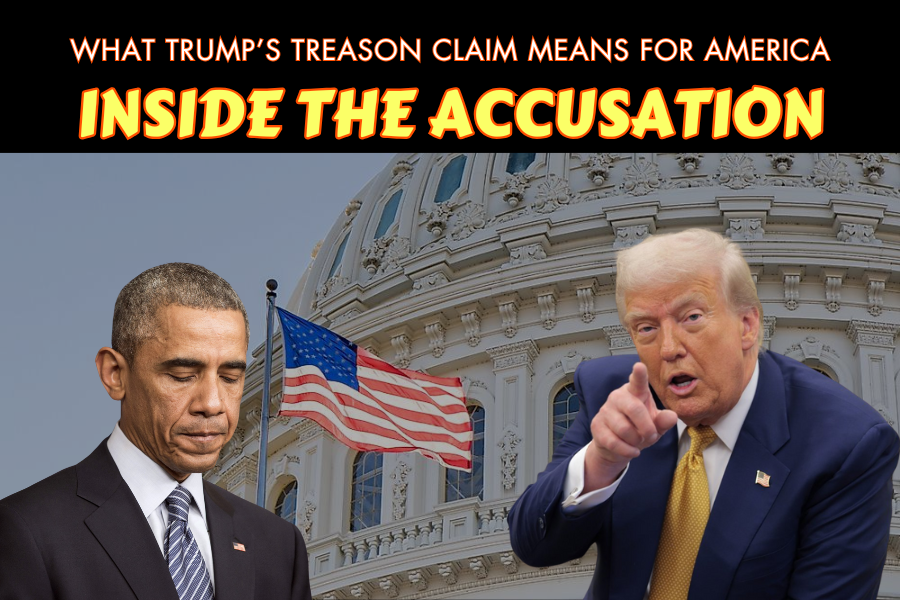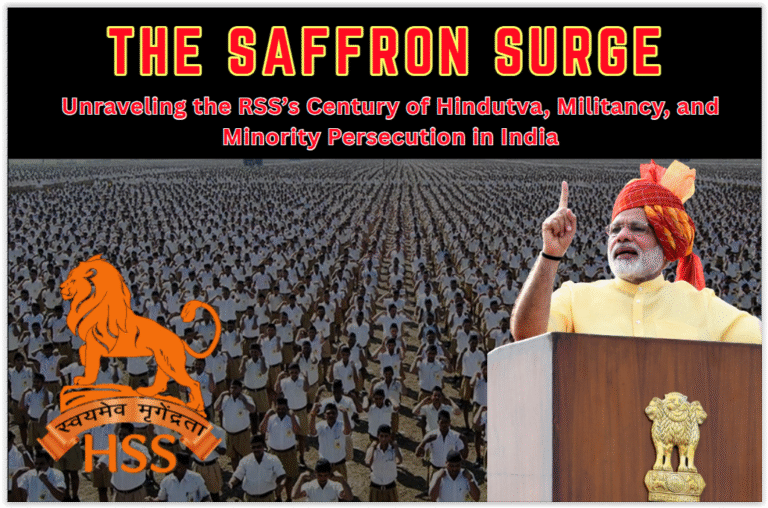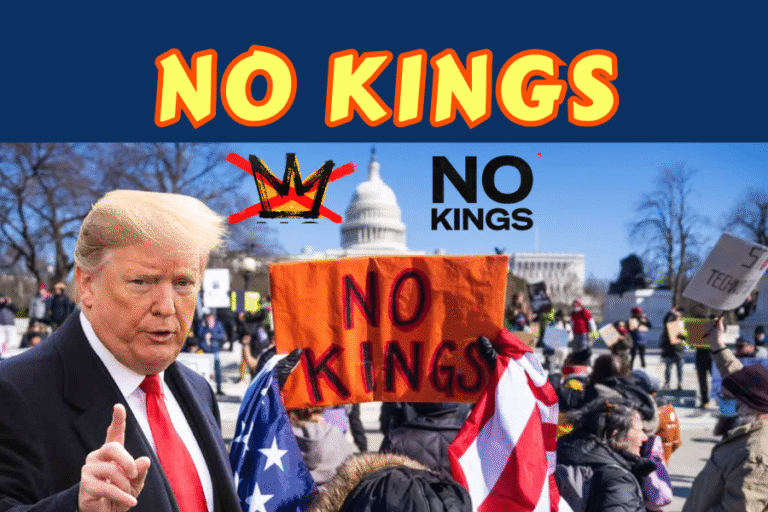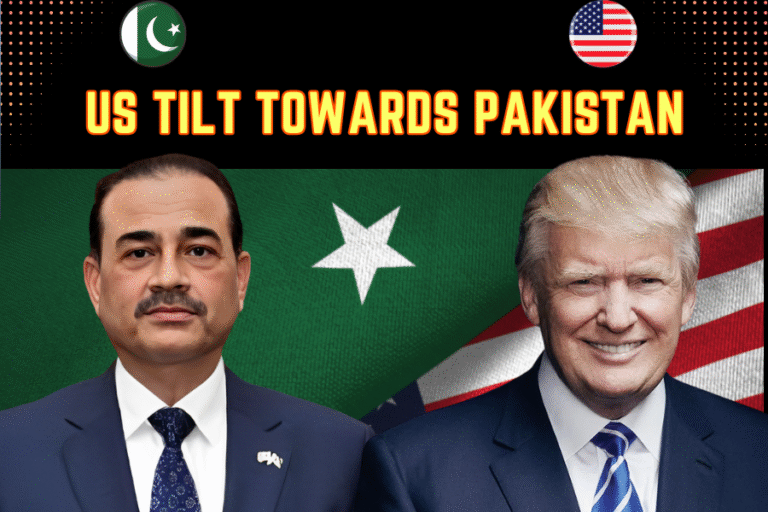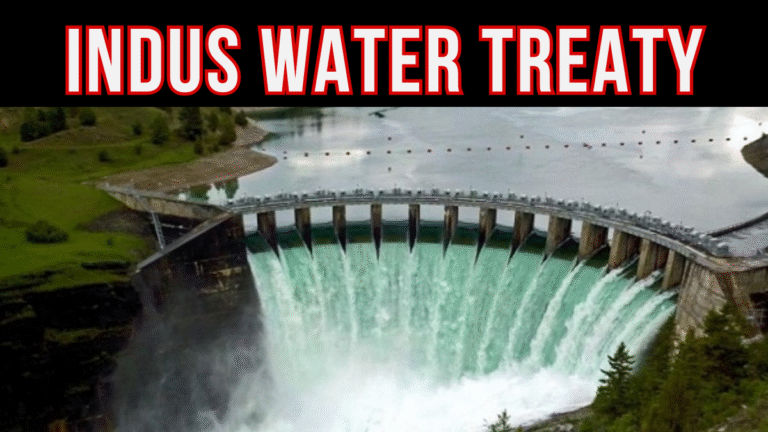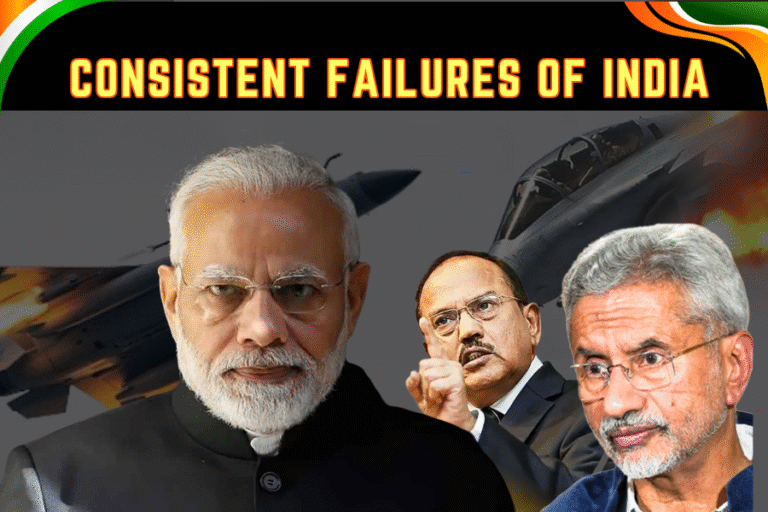(Quratulain Khalid)
In July 2025, President Donald Trump escalated a long-standing feud by accusing former President Barack Obama of “treason” and orchestrating a “years-long coup” against his presidency. These incendiary claims, fueled by declassified documents released by Director of National Intelligence Tulsi Gabbard, revive debates over Russia’s 2016 election interference. Amid scrutiny over Trump’s handling of Jeffrey Epstein-related files, the accusations signal a dangerous escalation in political rhetoric. Obama’s office dismissed the claims as “ludicrous” and a “weak attempt at distraction.” This confrontation threatens U.S. political norms, deepening polarization and eroding trust in institutions. This article examines the origins, details, and implications of this standoff, emphasizing evidence-based discourse to safeguard American democracy.
BACKGROUND AND CONTEXT
The Trump-Obama feud traces back to the 2016 election, when U.S. intelligence agencies concluded Russia interfered to aid Trump’s victory over Hillary Clinton. A bipartisan Senate Intelligence Committee report (2020) confirmed Russia’s disinformation campaigns and Democratic National Committee (DNC) hacks but found no evidence of vote tampering. Obama’s administration, citing a January 2017 Intelligence Community Assessment (ICA), imposed sanctions on Russia for its actions. Trump, denying Russian interference, labeled the investigation a “hoax” and has long attacked Obama, Clinton, and intelligence officials like James Comey, John Brennan, and James Clapper. His rejection of the 2020 election results further strained political norms, setting the stage for 2025’s confrontation. This rivalry reflects deep divisions, with Trump leveraging grievances to rally his base.
DETAILS OF THE 2025 CONFRONTATION
On 18 July 2025, Tulsi Gabbard, Trump’s Director of National Intelligence, released declassified documents alleging Obama and his team—Clinton, Biden, Comey, Brennan, Clapper, Susan Rice, John Kerry, and Loretta Lynch—“manufactured” intelligence to frame Trump for Russian collusion. Trump, speaking in the Oval Office, called Obama the “ringleader” of a “treasonous conspiracy” to “rig” the 2016 election, claiming, “They tried to steal the election.” Gabbard’s report cites a December 2016 National Security Council meeting and a January 2017 ICA as evidence of a “coup.” Obama’s spokesman, Patrick Rodenbush, rejected the claims as “ridiculous,” pointing to bipartisan Senate findings affirming Russia’s interference. Senators Lindsey Graham and John Cornyn urged investigations but avoided endorsing “treason.” The timing, amid Epstein file controversies, suggests a deflection strategy.
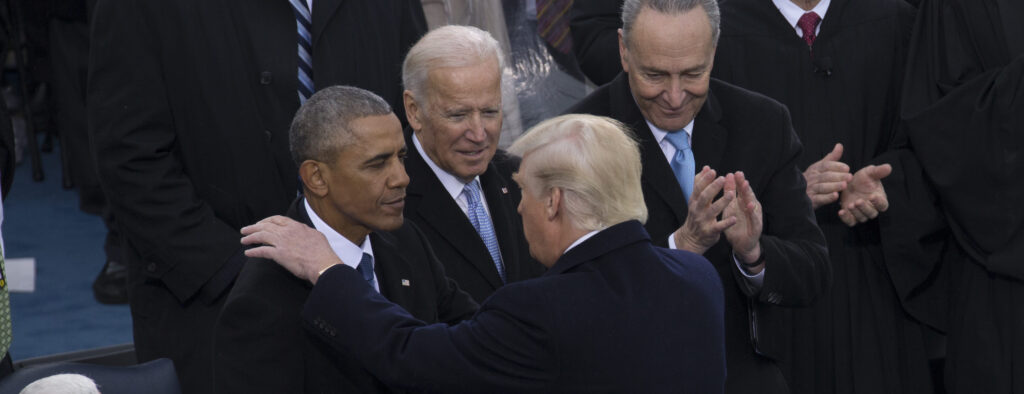
ANALYSIS OF THE ALLEGATIONS AND EVIDENCE
Gabbard’s documents, including a 2020 House Intelligence Committee report, claim Obama’s team fabricated the 2017 ICA, relying on the unverified Steele dossier. However, the bipartisan Senate report (2020), chaired by Trump’s ally Marco Rubio, upheld the ICA’s findings that Russia sought to undermine Clinton, not alter votes. The dossier was an annex, not the ICA’s core, and its flaws were acknowledged. Critics, like Representative Jim Himes, call Gabbard’s claims “baseless” and “wildly misleading,” noting their contradiction with prior reviews. Trump’s accusations fit his pattern of targeting foes—Comey, Brennan, and Clinton—often to deflect from scandals like Epstein’s files. Legally, treason requires intent to overthrow the government, a high bar unmet here. Such rhetoric risks normalizing extreme charges, weakening democratic trust.
FUTURE SCENARIOS AND IMPLICATIONS
If the Justice Department’s “strike force,” announced by Attorney General Pam Bondi, pursues Gabbard’s referrals, investigations into Obama, Brennan, and Comey could follow. Legal experts, like Himes, doubt prosecutions, as no judge would likely entertain such claims without concrete evidence. Politically, the accusations could galvanize Trump’s base ahead of 2026 midterms but alienate moderates, straining Republican unity. Graham’s cautious support reflects this tension. Polarization may intensify, with media amplifying competing narratives—Fox News pushing Gabbard’s claims, MSNBC dismissing them as “nonsense.” Eroding trust in the intelligence community and electoral processes risks long-term instability, especially if misinformation spreads unchecked. Public faith, already fragile, could weaken further, undermining democratic legitimacy.
WIDER CONTEXT AND HISTORICAL PERSPECTIVE
Presidential feuds are not new—Adams and Jefferson clashed bitterly—but Trump’s “treason” accusation against Obama is unprecedented in its severity. His birtherism claims against Obama in 2011 fueled his political rise, reflecting a strategy of conspiratorial attacks. The 2025 standoff mirrors broader trends: misinformation, as seen in Trump’s false 2024 endorsement claims, and institutional distrust, evident in his attacks on the FBI and CIA. Gabbard’s role, weaponizing intelligence, echoes historical abuses like Nixon’s enemies list, threatening democratic norms. The Epstein distraction, criticized by both parties, underscores how personal scandals amplify political vendettas. These trends highlight a polarized America, where legitimacy hinges on narrative control, not facts, challenging governance resilience.
CONCLUSION
The Trump-Obama confrontation of July 2025, centered on baseless “treason” accusations, marks a dangerous escalation in U.S. political discourse. While Trump leverages Gabbard’s documents to attack Obama and deflect from Epstein scrutiny, bipartisan evidence affirms Russia’s 2016 interference, undermining his claims. The stakes—political stability, institutional trust, and democratic legitimacy—are immense. Moving forward, evidence-based discourse, as emphasized by Obama’s team and Senate findings, is critical. America must navigate this crisis by prioritizing transparency and accountability to restore faith in its institutions, ensuring democracy endures amid polarization.

